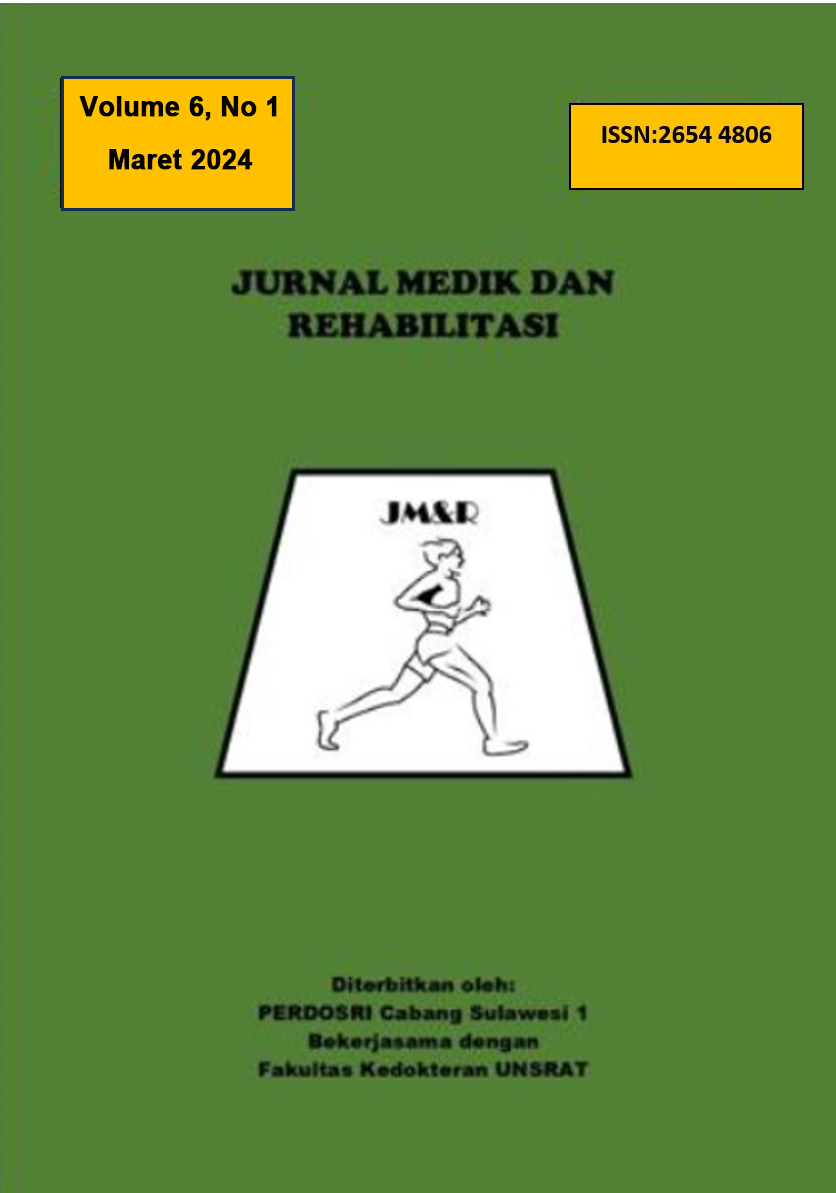MEDICAL REHABILITATION IN PATIENT WITH CARPAL TUNNEL SYNDROME
Abstract
Carpal tunnel syndrome (CTS), an entrapment neuropathy of the median nerve at the wrist, is the most common compression neuropathy of the upper extremity. This syndrome produces paresthesias, numbness, pain, subjective swelling, and, in advanced cases, muscle atrophy and weakness of the areas innervated by the median nerve. Based on a study conducted by the American Academy of Orthopedic Surgeons in the United States, the incidence of CTS is 1–3 cases per 1,000 people per year, with a prevalence of 50 cases per 1,000 people in the general population. However, the incidence can be as high as 150 cases per 1,000 people per year, with a prevalence of 500 per 1,000 people in high-risk groups.4 CTS is ten times more common in females as compared to males and the peak age of CTS occurrence is 40-60 years. Women are affected more often than men and is often bilateral but more severe in the dominant hand. Repetitive hand and wrist has been associated with CTS. A number of medical condition are associated with CTS, including diabetes, hypothyroidsm and reumathoid arthrithis. The goal of treatment is the resolution of symptom and preservation of hand function. If carpal tunnel syndrome is identified early, conservative treatment is recommended. Initially patient should be instructed in modifying symptom provoking wrist movement. Prognosis and management of carpal tunnel syndrome is done with a multidisciplinary team includes the primary caregiver, nurse practioner, physical therapist, orthopedic surgeon, and emergency department physician.

